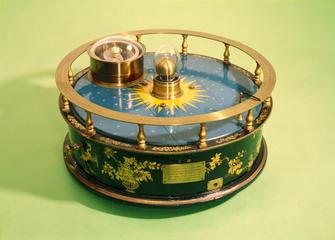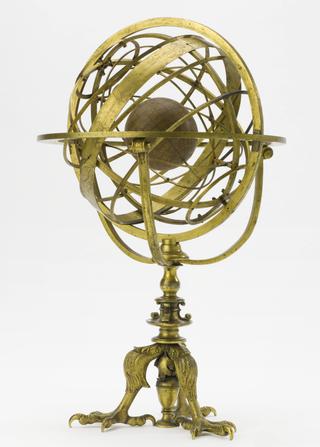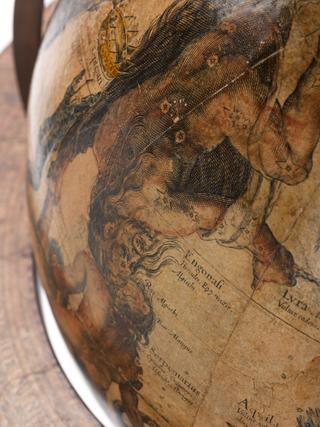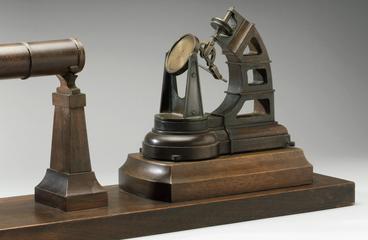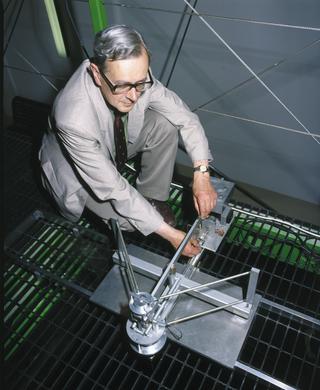
Islamic astrolabe, 1145-1155
- Made:
- 1145-1155 in North Africa







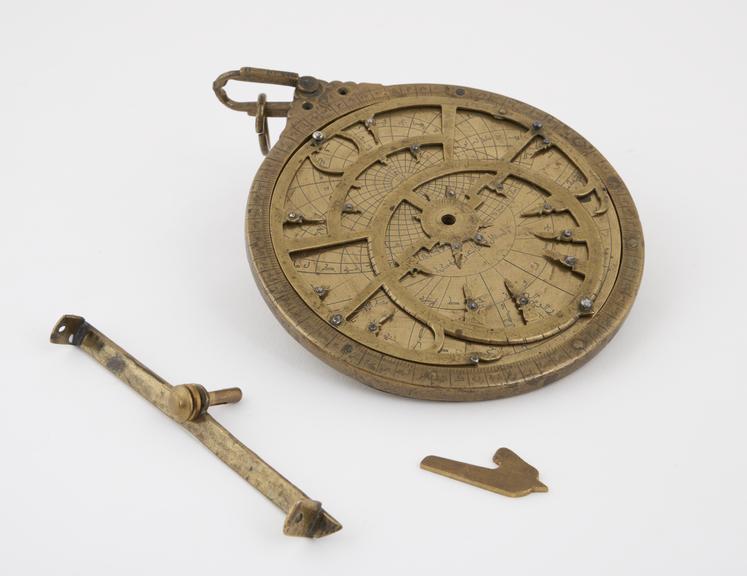
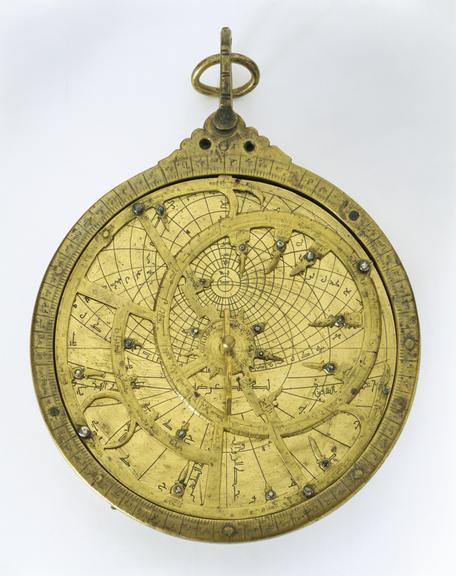





Brass Moorish planispheric astrolabe with five plates, a shadow dial on the reverse and silver studs on the rete, c. 1150, IC 1058 [international checklist].
Made around the mid-twelfth century, this brass Islamic astrolabe originates in the region of North Africa known as the Maghrib. This front view shows the ornate moveable fretwork plate called the rete that denotes star positions by short curved pointers. The astrolabe is in essence a model of the universe that an astronomer could hold in their hands. Popular in Medieval and Renaissance Europe, its many uses included timekeeping, astrology and surveying. The astrolabe is a two-dimensional depiction of the heavens whose layout is achieved using the mathematical technique of stereographic projection. From its origins in the Ancient World, Islamic astronomers developed the astrolabe from where it spread to Europe.
Details
- Category:
- Astronomy
- Object Number:
- 1952-225
- Materials:
- brass, silver and incomplete
- type:
- astrolabe
- credit:
- Backer, H.E.
